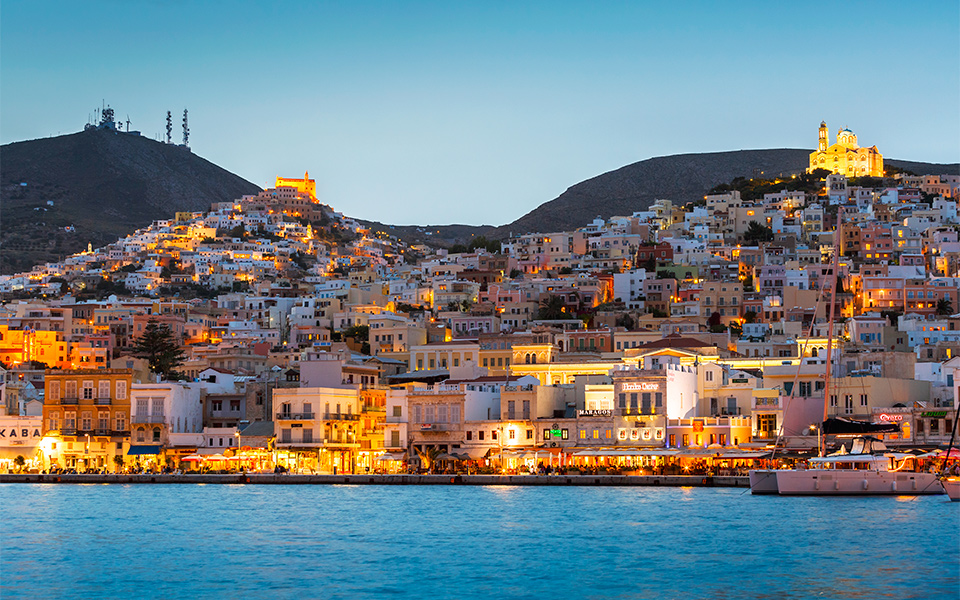-
Destinations
-
- Popular destinations
- Sardinia
- Elba Island
- Sicily
- Aeolian Islands
- Corsica
- Balearic Islands
- Capri Island
- Ischia Island
- Greece
- Algeria
- All destinations
-
-
Offers
-
Companies
-
- Popular companies
- All Companies
-
-
Support
Write us on WhatsAppEmail usEmail usThe booking centre is open from 9 a.m. to 7.30 p.m. and can only be contacted by email or via your user area.











